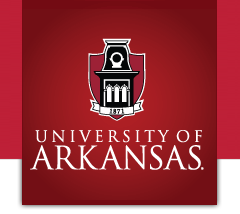Abstract
Distributed application technologies such as Micrososoft.NET Remoting, and Java Remote Method Invocation (RMI) have evolved over many years to keep up with the constantly increasing requirements of the enterprise. In the broadest sense, a distributed application is one in which the application processing is divided among two or more machines. Distributed middleware technologies have made significant progress over the last decade. Although Remoting and RMI are the two of most popular contemporary middleware technologies, little literature exists that compares them. In this paper, we study the issues involved in designing a distributed system using Java RMI and Microsoft.NET Remoting. In order to perform the comparisons, we designed a distributed distance learning application in both technologies. In this paper, we show both similarities and differences between these two competing technologies. Remoting and RMI both have similar serialization process and let objects serialization to be customized according to the needs. They both provide support to be able to connect to interface definition language such as Common Object Request Broker Architecture (CORBA). They both contain distributed garbage collection support. Our research shows that programs coded using Remoting execute faster than programs coded using RMI. They both have strong support for security although implemented in different ways. In addition, RMI also has additional security mechanisms provided via security policy files. RMI requires a naming service to be able to locate the server address and connection port. This is a big advantage since the clients do not need to know the server location or port number, RMI registry locates it automatically. On the other hand, Remoting does not require a naming service; it requires that the port to connect must be pre-specified and all services must be well-known. RMI applications can be run on any operating system whereas Remoting targets Windows as the primary platform. We found it was easier to design the distance learning application in Remoting than in RMI. Remoting also provides greater flexibility in regard to configuration by providing support for external configuration files. In conclusion, we recommend that before deciding which application to choose careful considerations should be given to the type of application, platform, and resources available to program the application.
Recommended Citation
Ibrahim, T. (2004). A Comparative Evaluation of .net Remoting and JAVA RMI. Inquiry: The University of Arkansas Undergraduate Research Journal, 5(1). Retrieved from https://scholarworks.uark.edu/inquiry/vol5/iss1/12




